Kaolin and ball clay are two commonly used clay minerals with distinctive characteristics that make them suitable for various applications. Understanding the differences between these two materials can be crucial for businesses operating in sectors such as ceramics, construction, and even pharmaceuticals. In this article, we will delve into the unique properties and utilization aspects of kaolin and ball clay to help readers make informed decisions for their specific requirements. 1. Origin and Formation: Kaolin, also known as china clay, is a soft white clay mineral that is typically derived from the weathering of aluminum-rich silicate rocks such as feldspar and granite. On the other hand, ball clay is a fine-grained sedimentary clay that is formed through the decomposition of volcanic ash combined with the alteration of minerals. These distinct origins contribute to the differing characteristics displayed by kaolin and ball clay.
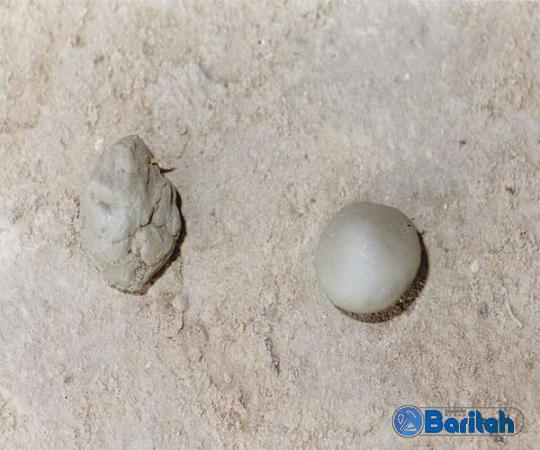
.
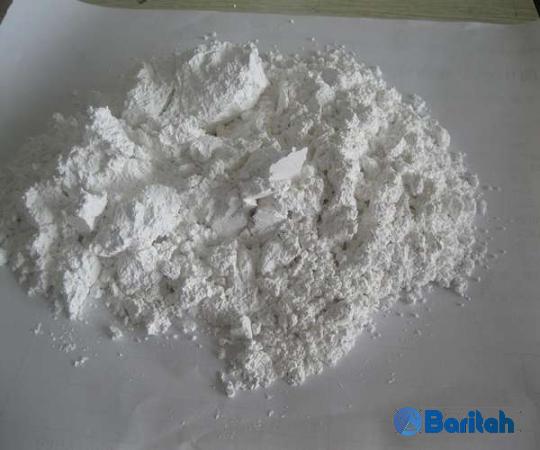 2. Physical Properties: Kaolin exhibits a smooth texture and is known for its white to off-white color, which is aesthetically pleasing. It is relatively soft, which allows for easy moldability and shaping. Additionally, kaolin has a high level of plasticity and shrinks less during drying and firing processes. This makes it an ideal choice for ceramic manufacturing, especially for fine china and porcelain production. In contrast, ball clay possesses a coarser texture and is usually darker in color, ranging from grey to reddish-brown. It is more plastic and flexible than kaolin, making it suitable for industries that require higher workability and moisture retention. Its unique plasticity and binding properties lend to its use in pottery, construction projects, and even as an additive in paint. 3. Chemical Composition and Applications: Kaolin is composed mainly of kaolinite, a mineral that is primarily made up of aluminum and silicon. Because of its low iron and alkali content, kaolin is preferred in applications where purity is crucial, such as in the manufacturing of ceramics, paper, cosmetics, and pharmaceuticals.
2. Physical Properties: Kaolin exhibits a smooth texture and is known for its white to off-white color, which is aesthetically pleasing. It is relatively soft, which allows for easy moldability and shaping. Additionally, kaolin has a high level of plasticity and shrinks less during drying and firing processes. This makes it an ideal choice for ceramic manufacturing, especially for fine china and porcelain production. In contrast, ball clay possesses a coarser texture and is usually darker in color, ranging from grey to reddish-brown. It is more plastic and flexible than kaolin, making it suitable for industries that require higher workability and moisture retention. Its unique plasticity and binding properties lend to its use in pottery, construction projects, and even as an additive in paint. 3. Chemical Composition and Applications: Kaolin is composed mainly of kaolinite, a mineral that is primarily made up of aluminum and silicon. Because of its low iron and alkali content, kaolin is preferred in applications where purity is crucial, such as in the manufacturing of ceramics, paper, cosmetics, and pharmaceuticals.
..
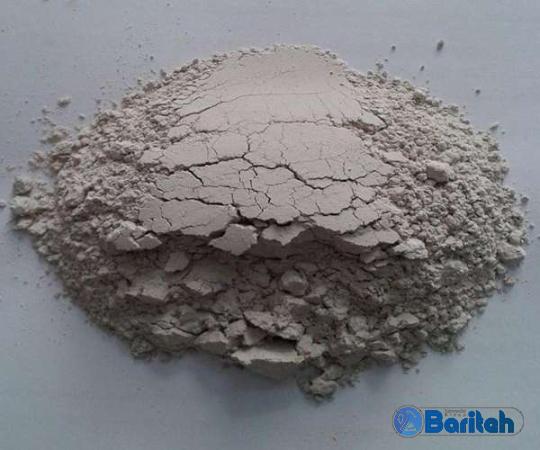 Its fine particle size also makes kaolin an excellent filler material, enhancing the strength and smoothness in products like paints, rubber, and plastics. Ball clay, on the other hand, contains a more diverse range of minerals, including kaolinite, mica, and quartz. Its higher organic and volatile matter content is responsible for its ability to vitrify at lower temperatures, making it a valuable material in the production of glazes, enamels, and even electrical porcelain insulators. Additionally, ball clay’s plasticity and binding properties enhance its suitability for use in manufacturing sanitaryware, tiles, and refractory materials. 4. Availability and Cost: Kaolin deposits are more abundant and widespread globally, contributing to its relatively lower cost compared to ball clay. Its accessibility and multiple sources make it a popular choice for large-scale commercial applications.
Its fine particle size also makes kaolin an excellent filler material, enhancing the strength and smoothness in products like paints, rubber, and plastics. Ball clay, on the other hand, contains a more diverse range of minerals, including kaolinite, mica, and quartz. Its higher organic and volatile matter content is responsible for its ability to vitrify at lower temperatures, making it a valuable material in the production of glazes, enamels, and even electrical porcelain insulators. Additionally, ball clay’s plasticity and binding properties enhance its suitability for use in manufacturing sanitaryware, tiles, and refractory materials. 4. Availability and Cost: Kaolin deposits are more abundant and widespread globally, contributing to its relatively lower cost compared to ball clay. Its accessibility and multiple sources make it a popular choice for large-scale commercial applications.
…
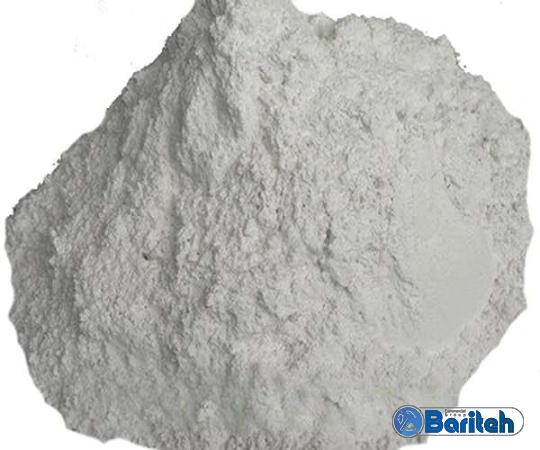 Conversely, ball clay deposits are less common and tend to be geographically concentrated. This limited availability often translates into a higher price point for ball clay. Conclusion: In summary, kaolin and ball clay provide distinctive characteristics and functionalities to various industries. Kaolin’s purity, fine particle size, and low cost make it an ideal choice for ceramics, paper, cosmetics, and pharmaceuticals. On the other hand, ball clay, with its higher plasticity, coarser texture, and vitrification properties, finds its applications in pottery, construction, and glaze manufacturing. By understanding the unique qualities and applications of kaolin and ball clay, businesses can strategically select the optimal clay mineral for their specific requirements, ensuring quality products and efficient processes.
Conversely, ball clay deposits are less common and tend to be geographically concentrated. This limited availability often translates into a higher price point for ball clay. Conclusion: In summary, kaolin and ball clay provide distinctive characteristics and functionalities to various industries. Kaolin’s purity, fine particle size, and low cost make it an ideal choice for ceramics, paper, cosmetics, and pharmaceuticals. On the other hand, ball clay, with its higher plasticity, coarser texture, and vitrification properties, finds its applications in pottery, construction, and glaze manufacturing. By understanding the unique qualities and applications of kaolin and ball clay, businesses can strategically select the optimal clay mineral for their specific requirements, ensuring quality products and efficient processes.
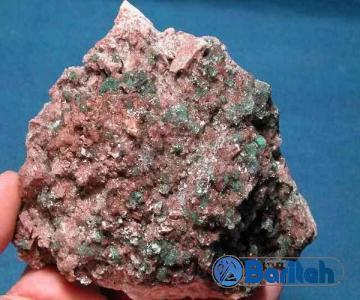
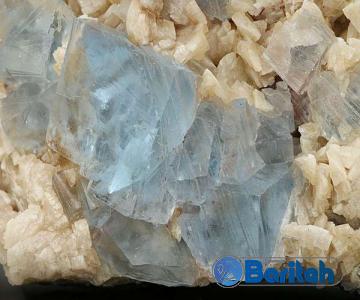
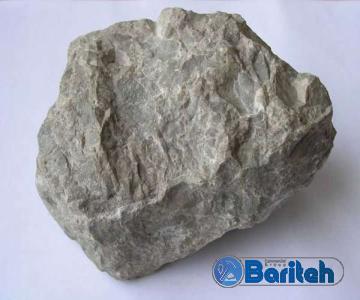
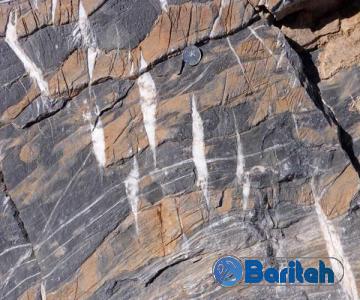
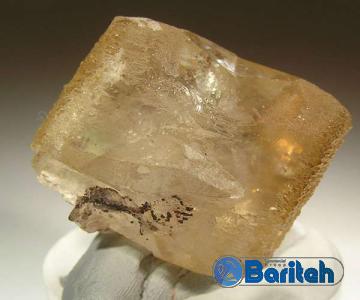
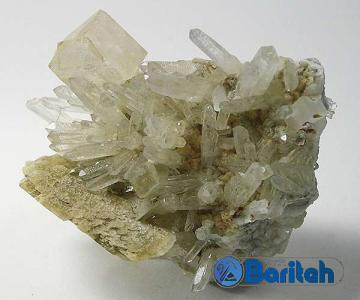
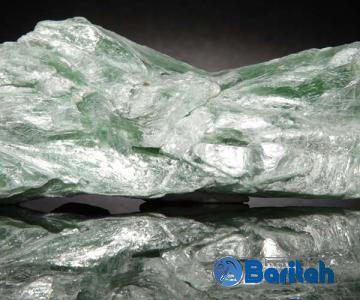
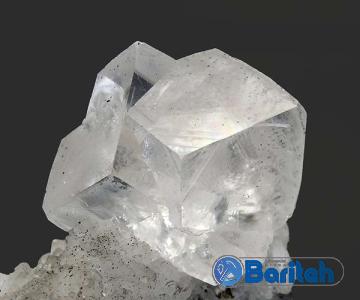

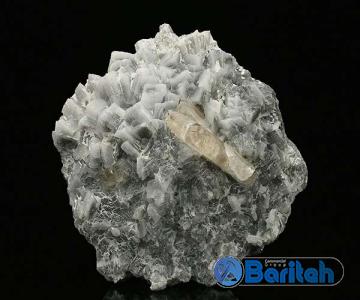
Your comment submitted.